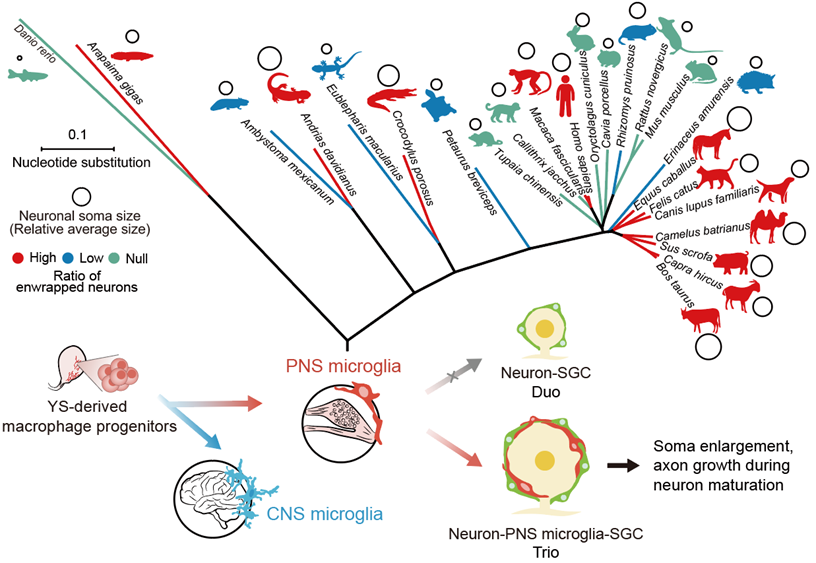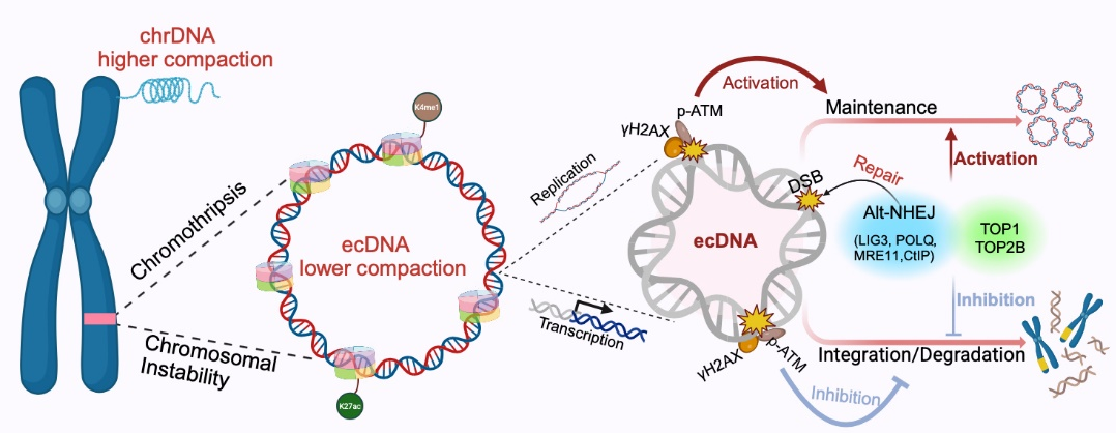
Genomic Evolution Reshapes Cell-type Diversification in the Amniote Brain
Recently, a research team led by Prof. LIU Shiping and Prof. XU Xun of BGI Research Hangzhou, Prof. WANG Zhenlong of Zhengzhou University, Prof. XU Chun of the Institute of Neuroscience of the Chinese Academy of Sciences (CAS), and Prof. Robert K. Naumann of the Shenzhen Institutes of Advanced Technology (SIAT) of the CAS, has constructed a cross-species single-nucleus RNA-seq atlas of amniote brains comprising over 1.3 million cells, uncovering conserved and divergent cell-type evolution.
The study was published in Developmental Cell on May 13.
Amniotes, which evolved over 320 million years ago (mya) and include reptiles, birds, and mammals, are among the most abundant and widely distributed terrestrial animals.
The cerebral cortex in mammals serves as the neural substrate for advanced cognitive functions and is widely considered the crowning achievement of brain evolution. Surprisingly, however, birds—despite lacking a structurally homologous cortex—often display complex cognitive capabilities that match or exceed those of primates, particularly in domains such as learning and adaptive behavior.
Understanding the evolution of brain cell types is key to uncovering both shared and unique features of nervous system organization. However, despite more than a century of research, our knowledge of how these cell types evolved remains limited.
In this study, the researchers used a standardized single-nucleus RNA sequencing (snRNA-seq) platform, generating a comprehensive single-cell atlas, comprising more than one million cells from the telencephalon and cerebellum of several model species, including turtles, zebra finches, pigeons, mice, and macaques.
Global analysis identified that functional divergence or loss of paralogous genes has significantly driven the evolution of brain cell types. Notably, the researchers identified ~3,000 differentially expressed homologous genes between birds and mammals, particularly the paralogous gene pair SLC17A6 and SLC17A7 in cortical excitatory neurons (EXs). These genes show marked expression differences that correlate with genomic variations across species.
For example, most telencephalic EXs in birds express SLC17A6, whereas mammals display greater regional heterogeneity, with SLC17A7 predominantly expressed in the neocortex and SLC17A6 in other brain regions.
Beyond SLC17A6 and SLC17A7, numerous other homologous genes contribute to species-specific differences in EXs regulation, highlighting the complex molecular mechanisms that drive functional divergence in brain cell types.
Furthermore, the researchers identified a novel bird-specific Purkinje cell subtype, which may underlie the adaptation of the avian cerebellum to specialized behaviors, such as flight and complex vocalizations, indicating functional divergence from the mammalian cerebellum.
These findings underscore the dynamic relationship between genome evolution and ecological adaptation, with genetic variation driving the evolution of specialized cell types across amniote species.
File Download:

